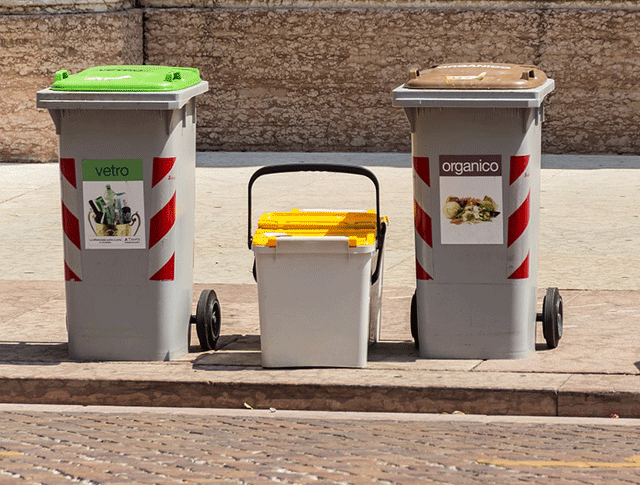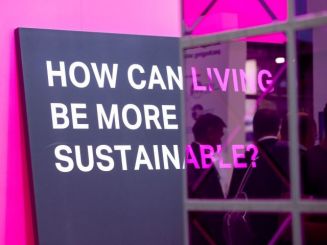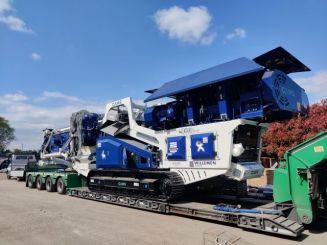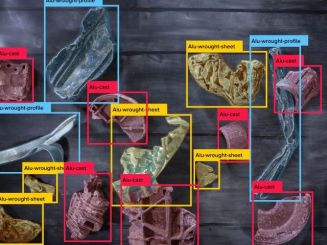
Urban waste in Europe: the EU increasingly promotes separate waste collection
All data and scenarios emerged at the International Meeting on the Management of Municipal Solid Waste promoted by ATIA ISWA Italy.
Paris
A comparison with the 2014 data show a slight increase in municipal waste generation and confirmation of energy recovery as the default in the treatment of waste (70%).There is an increase of 5% of the collection that then goes from 13% to 18%, partly due to the recovery of demolition waste. The catchment area is of 6,707,612 inhabitants (including the suburbs), spread over an area of 762 km square. In Paris, in a year they collect a total of 2,891,017 tons of waste, with a per capita average of 430 kg, in line with the European average. Only 12% of waste is buried in landfills. The collection system is mixed: "door to door" for undifferentiated, glass, paper, plant debris and bulky and street bins reserved for glass, packaging and paper. In the city there are also 45 sorting centers. The service for collecting and processing waste is outsourced by the City of Paris to private companies 85% and costs an average of 90 euro for inhabitant. The service charge waste which finances the entire service (including sweeping), amounted on average to EUR 121 per inhabitant per year. The City of Paris has an active and direct role in the resell market the secondary raw materials derived from recycling. Paris aims to apply the rate on time by 2025, it is also focusing on the prevention of food waste and the recovery plan.
Berlin
Berlin stands out as a powerful example to assign services for collection and waste management at their company 100% public. Compared to 2014 data of waste production remain constant while recording a slight fall in collection decreasing from 42% (2014) to 39% (2015). Berlin Capital is one of the few that can boast a treatment capacity of 100% in plants found in their reference area, fully satisfying the principle of proximity. Landfilling is zero while it is 39% of the waste heat recovery. The catchment area is of 3,469,849 inhabitants, distributed over an area of 891 square km.The annual production of waste amounts to 1,348,000 tons with a ratio of 388 kg per capita. The service costs are fully covered by the fee on time, which is calculated as a fixed amount and the frequency of emptying established by 'user. The costs ofcollection and treatment of packaging do not weigh on the company publishes the City of Berlin, but the service is done by private companies selected by competitive public procurement procedures. This system will contain the average cost of the collection service and waste treatment which stood at about 74 € per capita (street sweeping excluded).
Vienna
The Austrian city, known for its thermal treatment plant waste, recorded a significantturnaround from 2014, in fact, although remaining constant data production waste has been an increase in the percentage of waste for material recovery (+ 15% compared to 2014) to the detriment of energy recovery cha then goes from 75% in 2014 to 60% in 2015. The collection stands at 32% while only 18% of waste, mostly from waste incineration and inert, They are landfilled. The extension city is 415 square kilometers for a population of 1,731,236 inhabitants served. The city annually produces 1,078,934 tons of waste (601 kg per capita). The collection system is mixed with domestic collection and street bins, which is flanked by fixed structures dedicated to bulky waste and special. The charging system on time is effectively implemented and calculated based on the volume of containers and frequency of emptying (switching from € 4.41 per container from 120 liters to € 176.40 per 4,400 liters from the box). The collection of packaging and electronic waste is entirely borne by the recovery that support the economic burden thus ensure the survival of the entire collection cycle. The award of the service is 100% public, Vienna is largely self-sufficient in terms of plant capacity thus retaining the "proximity principle".
Rome
Ama SpA serving daily a catchment area of 2,880,000 inhabitants, on an area of 1285 square kilometers, compared with an annual output of 1,738,000 tons of waste (603 kg per capita compared with 487 kg of the national average ; increase due to the particular flow of tourists). The data of waste production remain constant, but there is a substantial increase of recycling that goes from 38% in 2014 to 43% in 2015 and that positions the Capital between the cities that most engage in the recovery of materials from waste in the landscape European. The collection system is being extended and includes two models: the "door to door" offered at 30% of the population and the curbside collection bins with the remaining 70%. In both cases, however, the separate collection is carried out by separating the 5 fractions of waste: organic; glass containers; paper and cardboard; multi-material "lightweight" (plastic containers and metal); non-recyclable materials. The extension of the door-to-door in 5 new municipalities will increase even more the percentage of waste to the chain of recovery that AMA will harness through the creation of 'Ecodistretto: a cutting-edge technological system for the treatment and recovery of fractions differentiated waste entire capital. The realization dell'ECODISTRETTO is the first step that will allow the city of Rome to become autonomous from the engineering point of view, thus avoiding unnecessary transfer costs and waste treatment in other regions that weigh heavily on the calculation of the rate that hovers at about 162 € for inhabitant / year.
Warsaw
Waste management in the new EU Member States is undergoing rapid development in order to comply with European legislation. Poland is serving a backwardness plant and a massive use of landfills where they are buried still 63% of the waste produced. In Warsaw the implementation of a strategy for waste management is recent, it is only from 2013, in fact, that the City of Warsaw adopted the "Regulations for the maintenance of cleanliness and order in the capital Warsaw." Warsaw is the largest urban agglomeration in Poland, the extension city is 517 square kilometers for a population served of almost 2 million inhabitants. The city produces annually 517,690 tons of waste, a figure much content than the average European. The collection is at around 20%, the remaining waste is mainly treated in selection plants mechanical or biogas recovery. The energy aspect is indeed crucial, the City Warsaw is promoting and supporting the expansion of the incineration citizen the recovery of electricity and heat, the plant will increase from 90,000 tons to 350,000 tons treated. The award of the service of collection and processing is done by public tender every three years and for the years 2014 to 2017 was entrusted to three different companies.













